Table of Contents
Hydrothermal Energy sources have common factors water (hydro) and warmth (thermal). These geothermal reservoirs of steam occur naturally where magma comes close enough to the surface to heat spring water trapped in fractured or porous rocks, or where water circulates at great depth along faults. Hydrothermal energy is nothing but a type of renewable energy that is generated through the earth’s natural geothermal processes
| Aspect | Description |
|---|---|
| Type | |
| – Low-Temperature | Water or steam temperatures of less than 150°C. Commonly used for direct heating applications. |
| – High-Temperature | Water or steam temperatures greater than 150°C. Primarily used for electricity generation. |
| Location | |
| – Geothermal Fields | Areas where heat from the Earth’s interior can be harnessed. Often located at tectonic plate boundaries. |
| – Hot Dry Rock (HDR) | Deep underground regions with high heat but no water or steam. Requires water injection for energy extraction. |
| Production Methods | |
| – Direct Use | Uses geothermal hot water directly (without a heat pump) for heating buildings, growing plants, etc. |
| – Electricity Generation | Uses steam or hot water to drive turbines which generate electricity. |
| Environmental Impact | |
| – Emissions | Low emissions compared to fossil fuels. However, can emit trace amounts of greenhouse gases naturally present. |
| – Land Use | Requires less land compared to most other renewable sources. |
| – Water Use | Consumes water, but modern plants are designed to reinject water back into the ground. |
| Advantages | |
| – Baseload Power | Can produce electricity consistently, unlike solar or wind which are intermittent. |
| – Sustainable | Heat extraction is sustainable as long as the heat withdrawn is small compared to the Earth’s heat content. |
| – Low Carbon Footprint | Produces very little greenhouse gases compared to fossil fuel-based energy sources. |
| Challenges | |
| – Limited Geographical Distribution | Best sites are often located away from population centers. |
| – Exploration Cost | Initial exploration and drilling can be expensive. |
| – Earthquakes | Some geothermal activities, especially Enhanced Geothermal Systems (EGS), can induce seismic activity. |
This table provides a general overview of hydrothermal energy sources and resources. It’s essential to note that the effectiveness and feasibility of harnessing hydrothermal energy can vary based on geographical, technological, and economic factors.
WHAT ARE HYDROTHERMAL ENERGY SOURCES?
A geothermal resource requires fluid, heat, and permeability to urge electricity. Conventional hydrothermal resources contain all three components naturally.
The lack of ability to accurately predict temperature and permeability at depth from the surface may be a major explanation for exploration risk. Additionally, subsurface characterization and imaging are critical for the efficient utilization of all kinds of geothermal resources, including coldness and coproduced permeable sedimentary and enhanced geothermal systems.
The Geothermal Technologies Officer is also keeping in mind reducing the operations and maintenance (O&M) costs of hydrothermal systems.
Some of the types of Geothermal resources are as follows
Geothermal Power Plants:
Geothermal power plants are one of the most common hydrothermal energy sources used for electricity generation. These plants work by drilling deep wells into the earth to access geothermal reservoirs, which contain steam or hot water. The steam is then used to power turbines and generate electricity. The hot water is used for heating and other purposes.
Hot Springs:
Hot springs are natural hydrothermal energy sources that occur when groundwater is heated by geothermal heat. Hot springs can be used for direct heating or electricity generation. These springs are often found in areas where there is active geothermal activity, such as volcanic regions.
Enhanced Geothermal Systems (EGS):
Enhanced Geothermal Systems (EGS) involve the drilling of deep wells into dry rock formations, which are then injected with water to create a steam-producing geothermal reservoir. This technology allows for the creation of geothermal power plants in areas where there are no naturally occurring geothermal reservoirs. EGS has enormous potential as a source of renewable energy, as it is estimated that the US alone has enough geothermal resources to produce 100GW of electricity.
Hydrothermal Vents:
Hydrothermal vents are underwater hot springs that occur on the ocean floor. These vents are formed when seawater seeps into the earth’s crust and is heated by geothermal heat. The resulting hot water and minerals are then expelled through vents on the ocean floor. Hydrothermal vents can be used for heating or electricity generation.
Binary Cycle Power Plants:
Binary cycle power plants are a newer technology that uses a heat exchanger to transfer heat from a geothermal fluid to a secondary fluid, which then powers a turbine to generate electricity. This technology allows for the utilization of lower-temperature geothermal reservoirs that were previously considered too low in temperature to be useful for electricity generation.
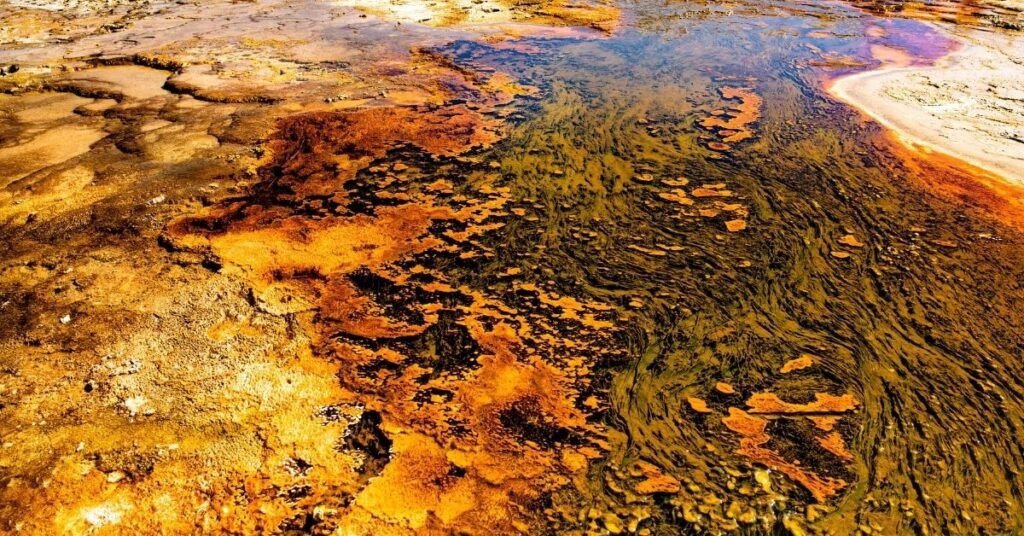
Exploration Research and Development Priorities In Hydrothermal Energy Sources
The Geothermal Technologies Officer conducted a technology needs assessment for producing geothermal energy by using various technologies in 2011, identifying areas of opportunity to reduce up-front development risks and costs. The Office focuses R&D efforts in the following categories:
GEOPHYSICS
• Improved invasive measurement tools and techniques
• Improved next-generation geophysical airborne data
GEOLOGY
• Stress/strain data mapping
• Play Fairway Analysis
GEOCHEMISTRY
• Improved geochemical techniques
REMOTE SENSING
• Sensing data and reliable automated processing methods
CROSS-CUTTING
• Multi-disciplinary conceptual models
• 3-D modeling techniques (software)
• Case study samples of geothermal systems in several settings
EXPLORATION TECHNOLOGY PRIORITIES
• Reduce the high level of exploration risk during the first stages of development
• Increase the economic viability of exploration technologies
• Foster useful data for the National Geothermal Information system
Hydrothermal energy sources Utilization
Step 1: Exploration
In fact, in hydrothermal energy sources, resource confirmation relies on drilling multi-million dollar wells in order that improves the prospect of success and has an instantaneous bottom-line impact. The GTO invests in hydrothermal technology to: develop innovative geophysical subsurface signals to raised characterize the subsurface before drilling.
More accurately identify potential geothermal resources through Play Fairway Analysis to supply critical information and techniques that successfully target exploration areas, improve the accuracy of prospect maps, increase the power to define resource extent; and, through exploration, resulting in better targeting which can cause the advancement of a better drilling success rate, decrease risk, and lower costs through the incorporation of more efficient oil and gas drilling techniques.
Step 2: Resource Characterization
Characterization methods utilize tools to help characterize resources. Geology, geophysics, remote sensing, geochemistry, and mixing and visualizing data will help accelerate the invention and utilization of undiscovered hydrothermal resources increasing exploration and confirmation well success rates.
Step 3: hydrothermal energy sources Verification
Once a possible resource is identified through exhaustive resource characterization efforts, the main target shifts towards developing an in-depth drilling plan where specific sites and methods are outlined. These plans often include the drilling of gradient wells, slim and/or core holes, and, finally, production wells. Well, costs approach 50% of the entire project cost for a geothermal project.
These costs also can be a big barrier to the widespread deployment of geothermal power production. The Department of Energy continues to take a position in advanced drilling technologies focused on increasing efficiency, decreasing drilling times, and reducing overall well costs
Hydrothermal Energy Sources in the USA
Top 10 hydrothermal energy sources in the USA
- The Geysers – Located in Northern California, The Geysers is the largest geothermal field in the world, with an installed capacity of over 1,500 megawatts (MW).
- Salton Sea – Located in Southern California, the Salton Sea area is one of the most productive geothermal regions in the country, with a total installed capacity of around 340 MW.
- Imperial Valley – Also located in Southern California, the Imperial Valley has a total installed capacity of around 535 MW.
- Coso Hot Springs – Located in Eastern California, the Coso Hot Springs has a total installed capacity of around 270 MW.
- Brady Hot Springs – Located in Nevada, the Brady Hot Springs has a total installed capacity of around 70 MW.
- Beowawe – Located in Nevada, the Beowawe geothermal field has a total installed capacity of around 16 MW.
- Raft River – Located in Idaho, the Raft River geothermal field has a total installed capacity of around 13 MW.
- Roosevelt Hot Springs – Located in Utah, the Roosevelt Hot Springs has a total installed capacity of around 38 MW.
- Newberry Volcano – Located in Oregon, the Newberry Volcano has a total installed capacity of around 23 MW.
- Valles Caldera – Located in New Mexico, the Valles Caldera has a total installed capacity of around 6 MW.

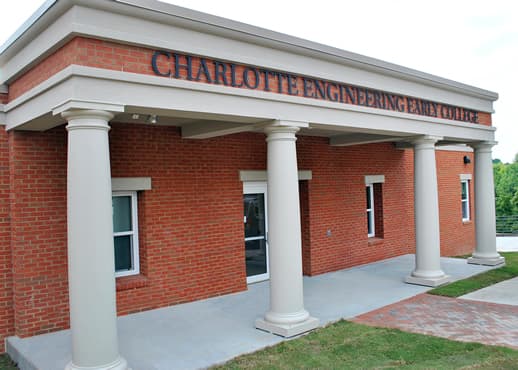



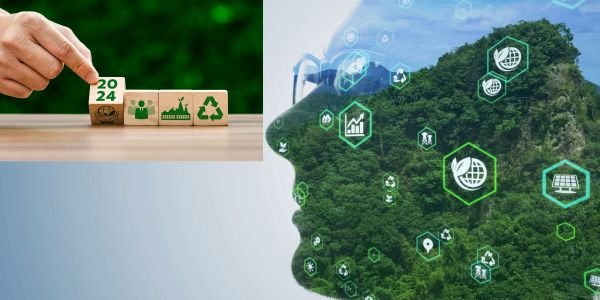







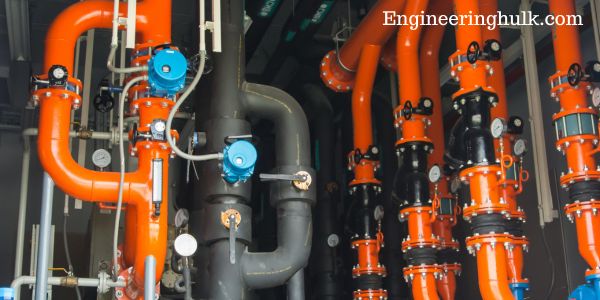

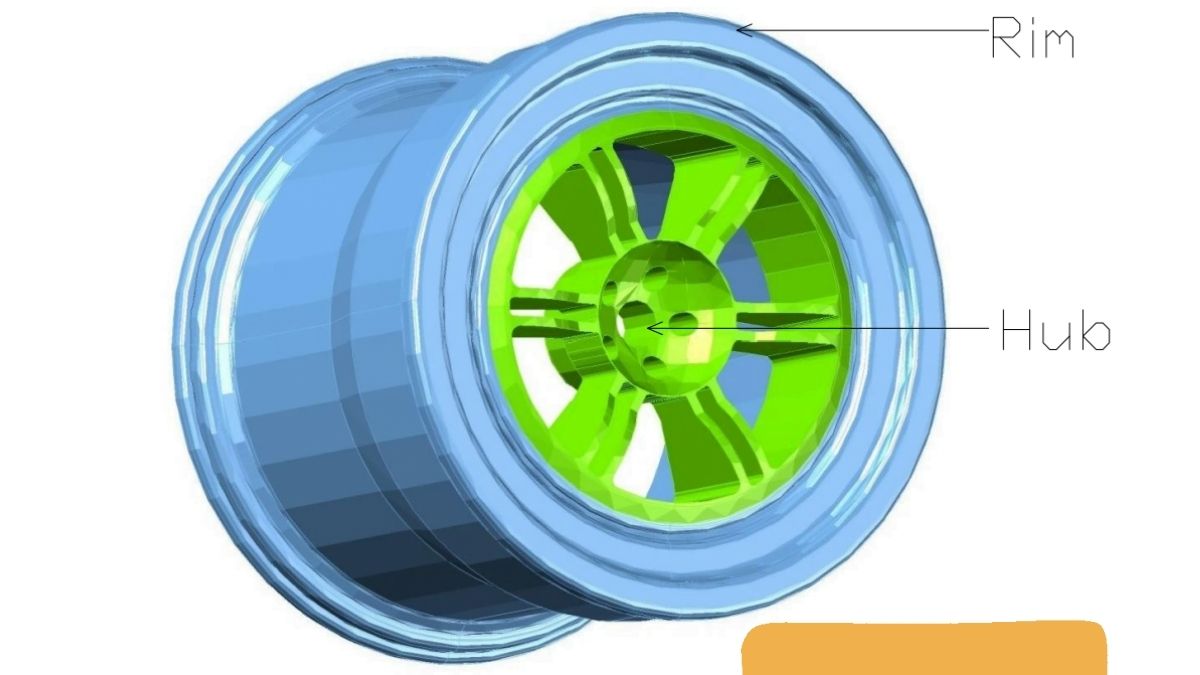
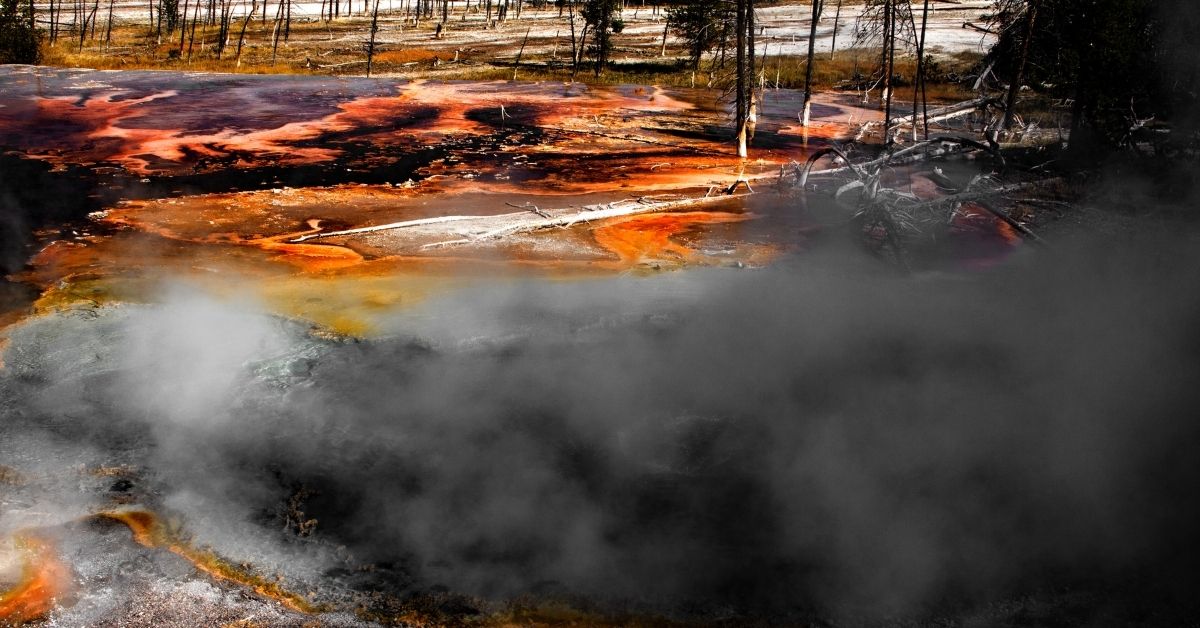
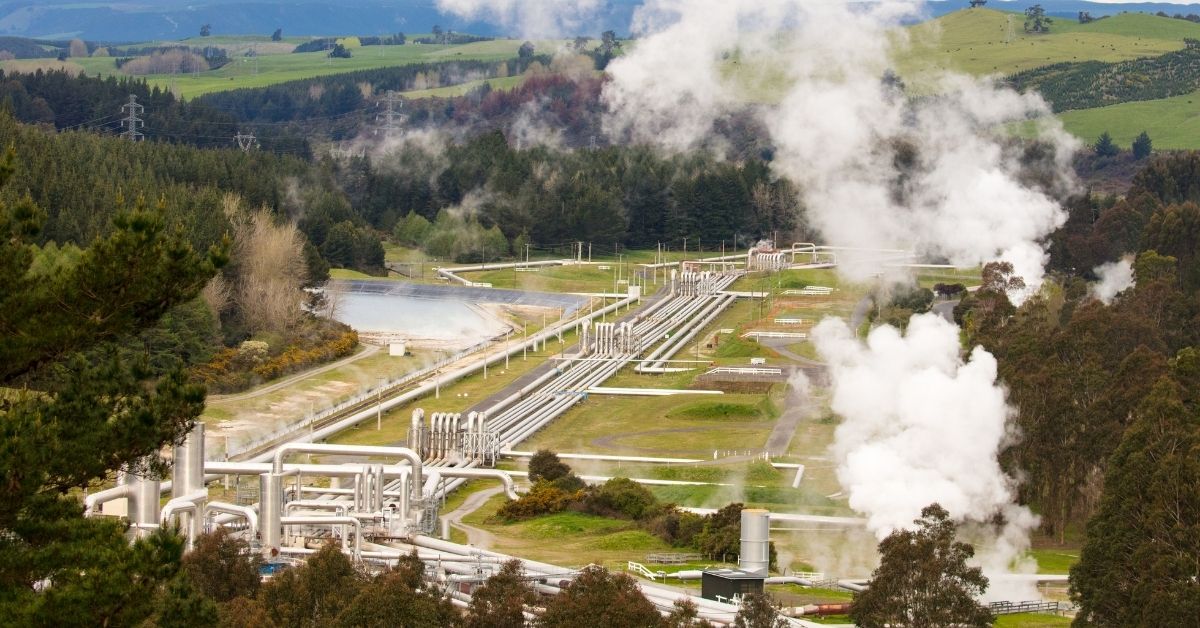


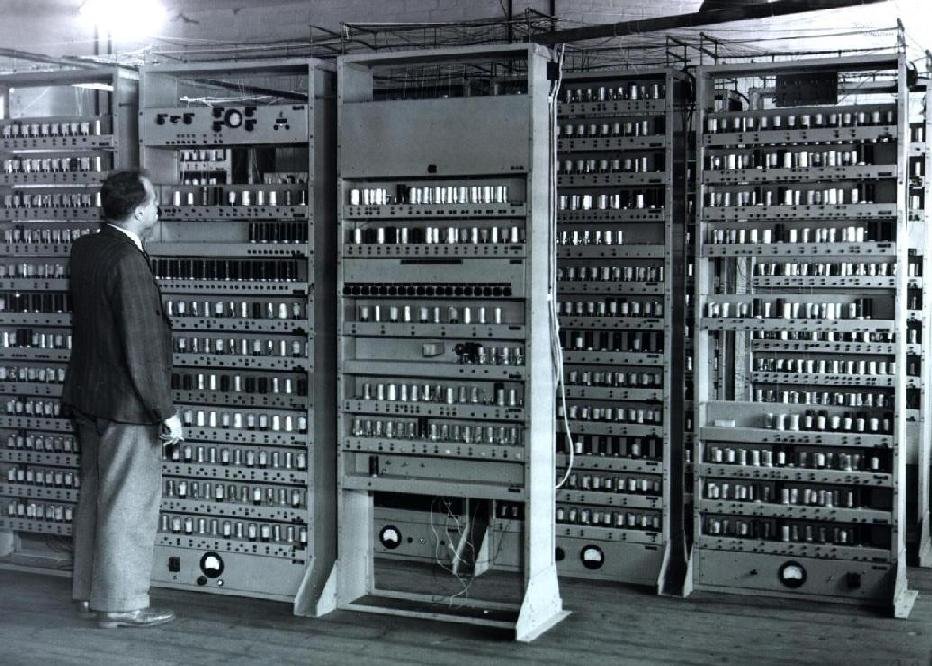
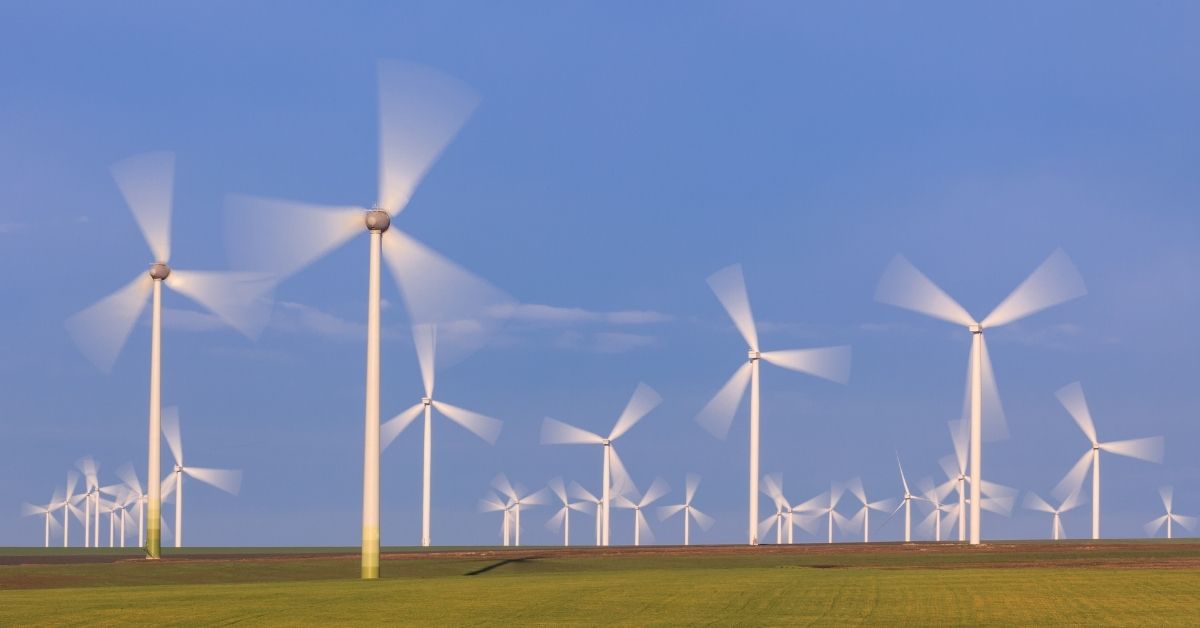


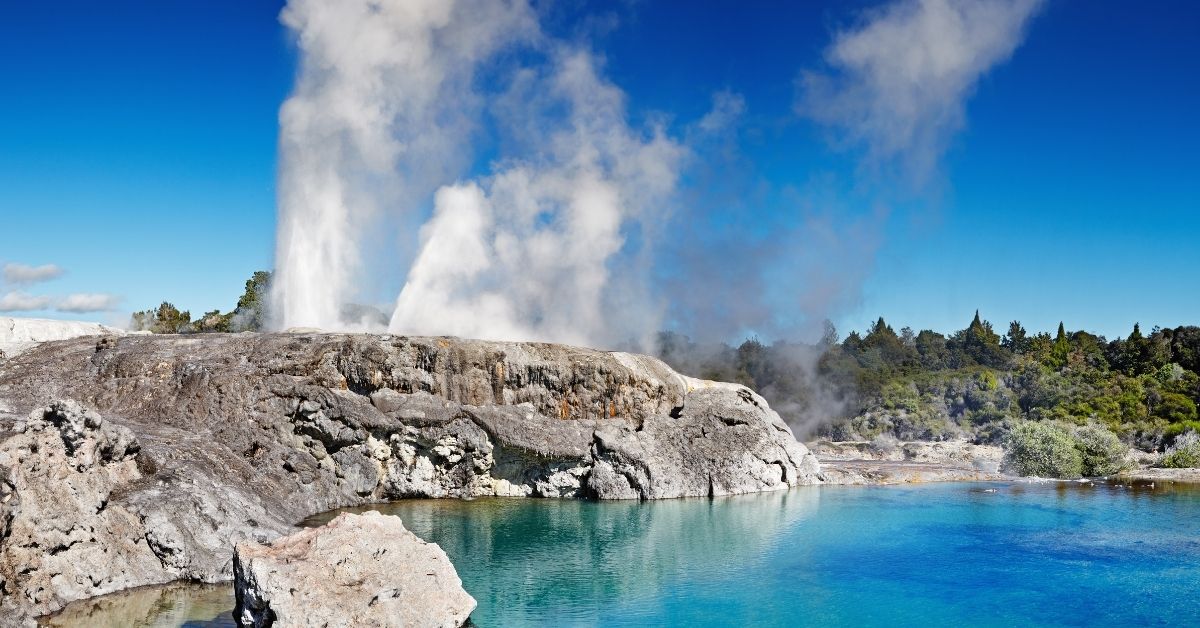


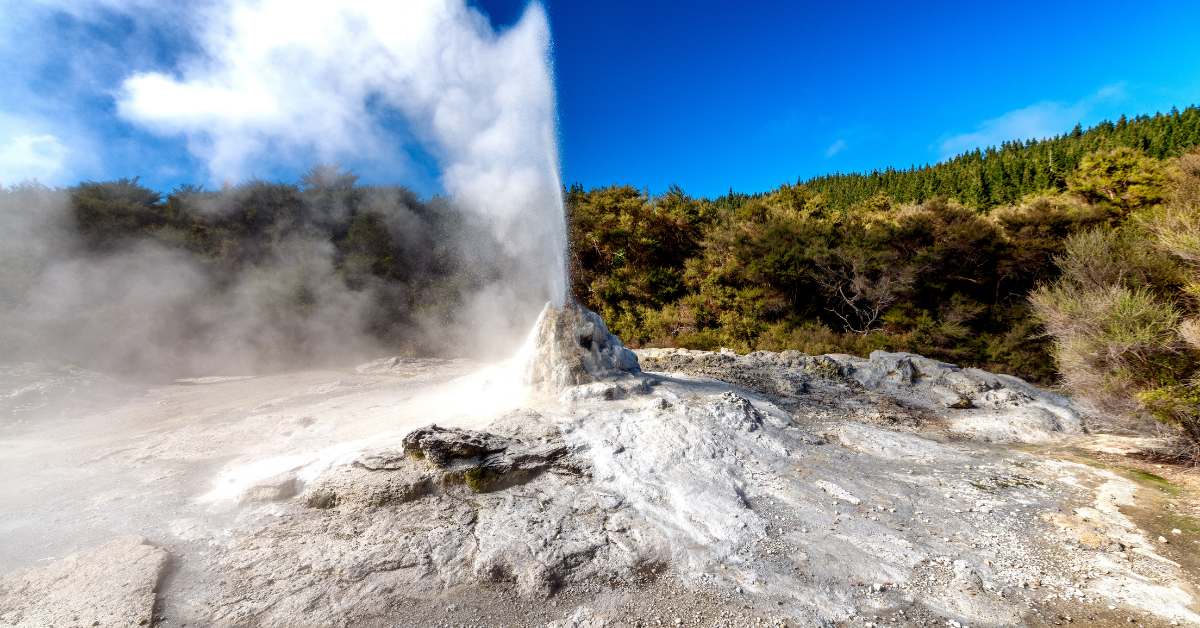




Comment on “Hydrothermal Energy Sources/Resources”